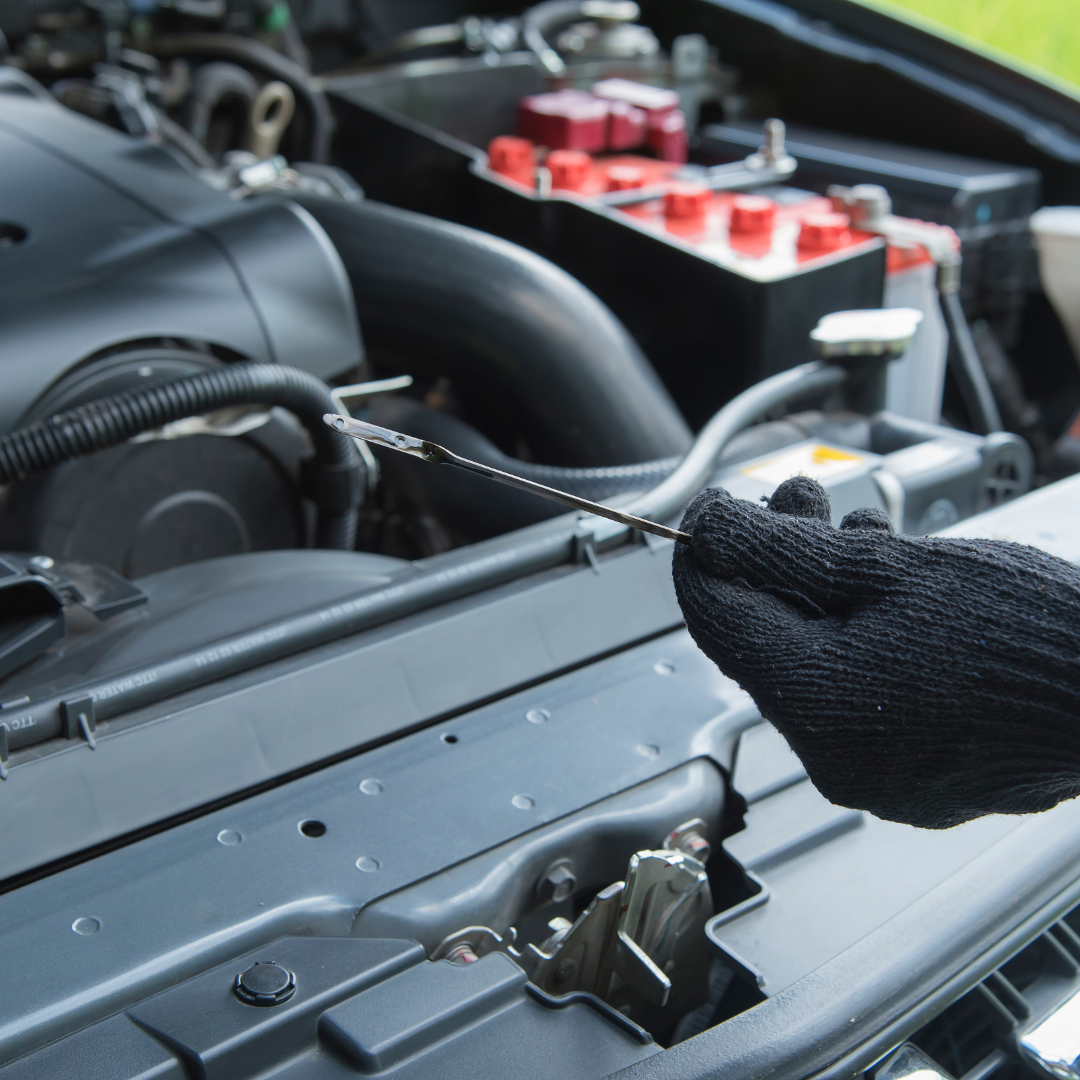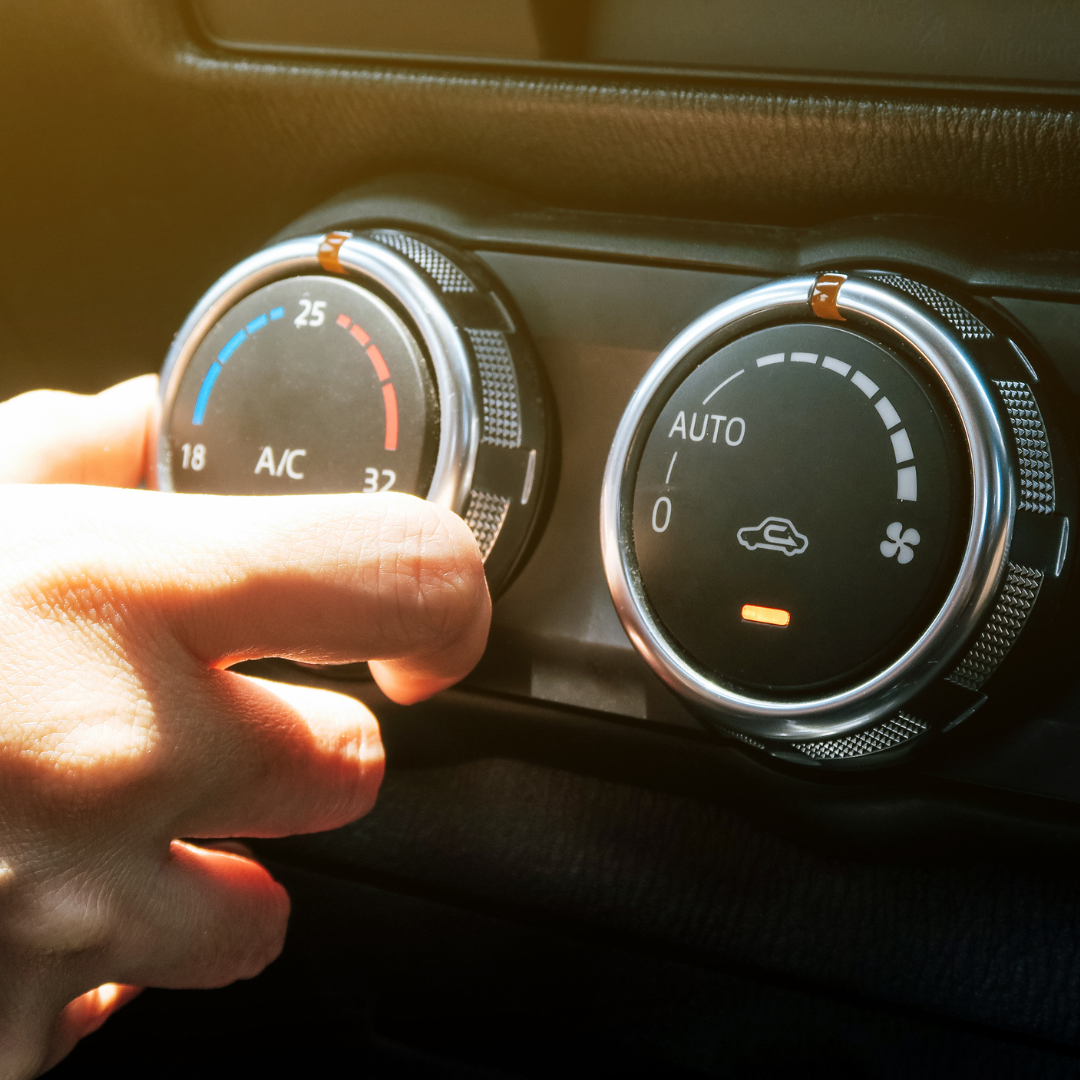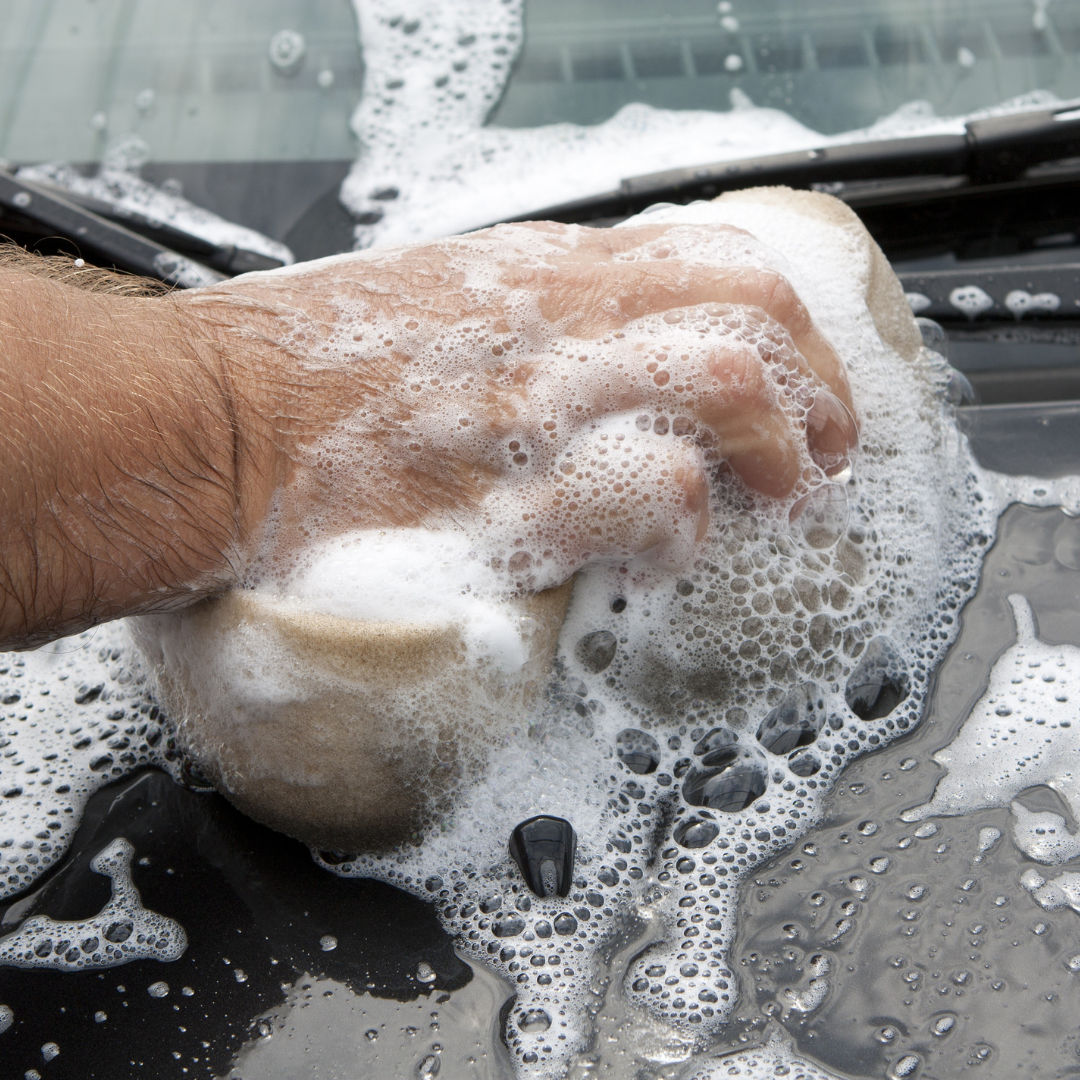When your car loses oil, it can easily become dangerous since your engine requires oil to function. That’s why it’s important to check your car’s oil level regularly. Fortunately, it’s a simple task that doesn’t take long, and you can learn how to do it at home. Just follow these simple steps to make sure your car’s engine stays healthy:
- In order to check the oil, you will need to open your hood. Sometimes you will find a panel that needs to be removed. Other times you just need to reach in and pull out the dipstick. Once the dipstick is out, wipe it clean with a rag and reinsert it into the oil.
- Pull the dipstick out again and check the oil level. The level should be between the “ADD” and “FULL” lines on the dipstick.
- If your vehicle does not have a dipstick, you will have to unscrew a bolt to check the level.
Importance of Inspecting the oil
No one likes going to the mechanic. But it’s not the mechanic you should be afraid of, really. It’s your car. Without proper oil changes and regular inspections, your car can become a death trap, not to mention a money pit. There are tons of warning signs to watch out for: a check engine light may come on, the oil could start leaking, the car may begin to run rough, or the engine may stall altogether. In every case, it’s best to get it checked out ASAP.
Vehicle owners often go for months, and sometimes years, without checking their oil. This is a mistake. An oil change is an inexpensive way to avoid any major problems, including engine failure. Checking your oil is a simple task that anyone can learn to do in just a few minutes, and it will save you money in the long run.
Although purchasing the best-built automobile is important, it is just as important to keep it in good working order. Not only will you end up saving yourself a lot of money in the long run, but you will also feel more comfortable with your decision. The best way to ensure your vehicle lasts for many years to come is to inspect it regularly. By doing this, any problems can be caught before they get out of hand.
There are many aspects to the vehicles, such as the structure, the engine, the body, the interior, the exterior, the tires, etc. Now, let’s talk about oil. Oil is one of the most important things in the vehicle. How important is it? Just think about it. Oil is used in the vehicles for lubrication, reducing friction between the moving and stationary parts of the vehicle, reducing noise, reducing the wear of the engine, lowering the engine’s temperature, etc.
Ever wonder what the difference is between all the different types of oils out there? From engine oil to transmission oil and from brake fluid to antifreeze, people often wonder about the correct type of oil to use and how long they should keep using it.
The car, or automobile, is a motor vehicle with wheels utilized for transportation. Common definitions of the term specify that cars are designed to run principally on roads, have seating for single up to eight individuals, featured with 4 wheels, and be constructed principally for the transport of people instead of goods.
Having an oil change or topping up your oil is a regular task that you need to do for your car. Since your car running on a motor, and a motor needs a lot of oil to run smoothly. It is essential that you know what type of oil you need for your car. It is not a big deal, but it is good to know what you are doing.
When should you change the oil on your vehicle? The short answer is that you should change the oil in your vehicle when the manufacturer recommends it. Most manufacturers recommend changing the oil in your vehicle every 3,000 miles or three months, whichever comes first. During this time, the oil will collect a lot of sand, dust, dirt, grime, and other contaminants from the engine.




